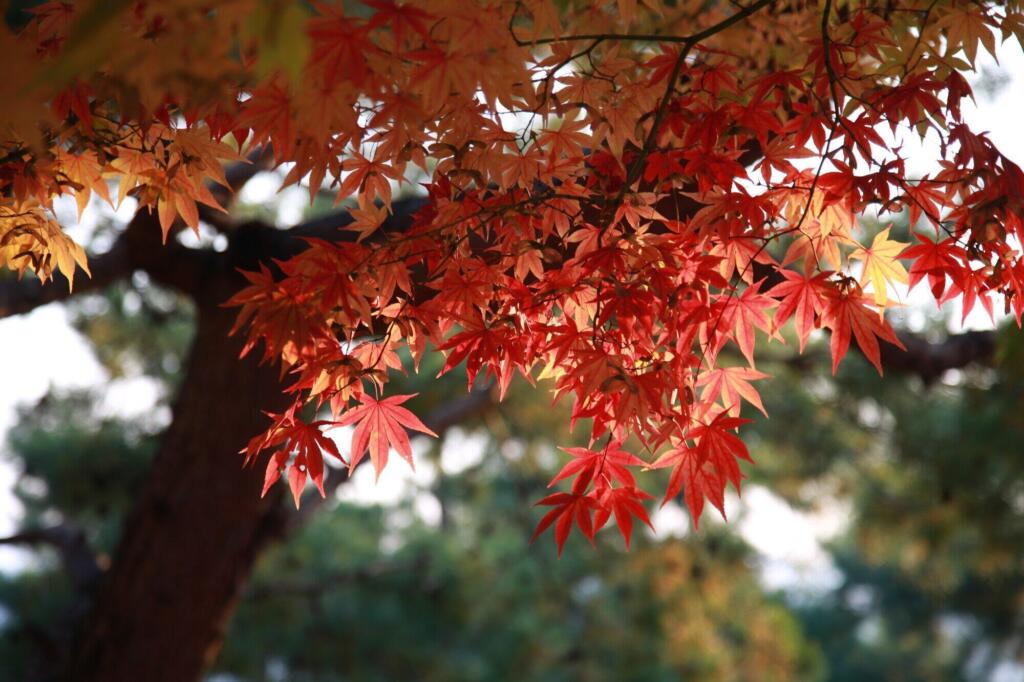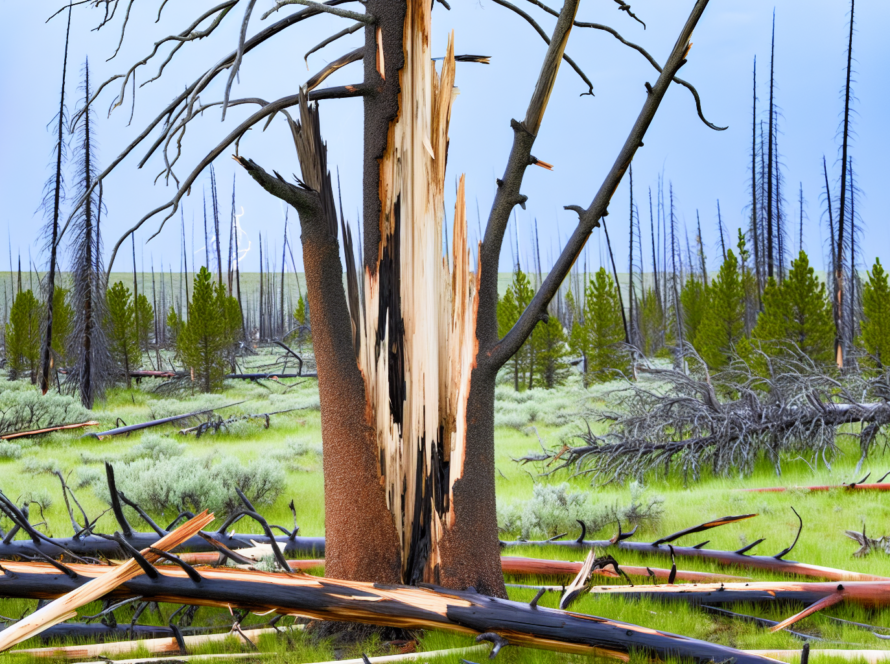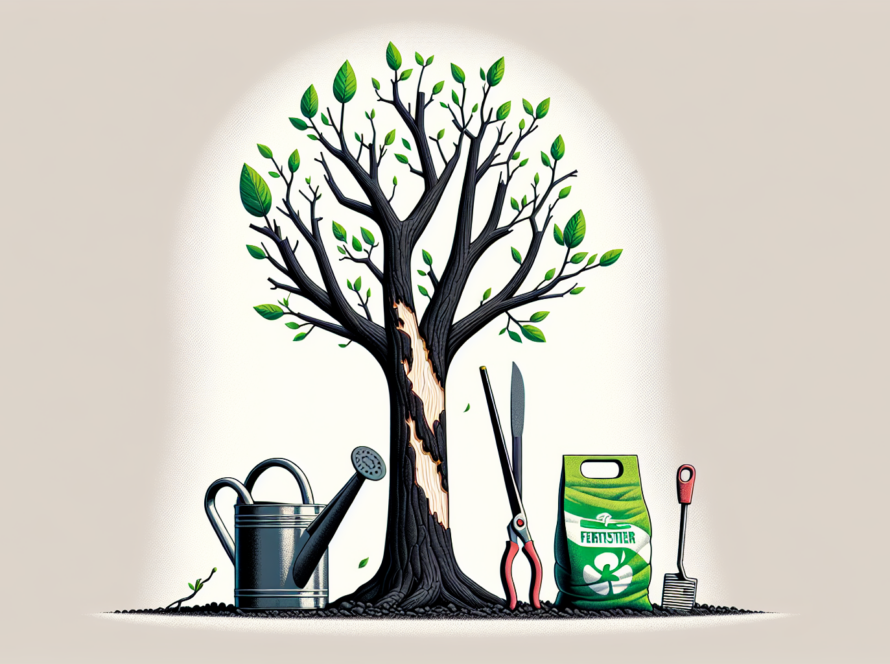Maple trees are a beloved and iconic feature in many residential landscapes, adding a touch of beauty and grandeur to any home. With over 100 species of maple trees to choose from, it can be overwhelming to determine the right one for your specific needs and preferences. This comprehensive guide aims to provide you with a complete understanding of the different types of maple trees, allowing you to make an informed decision when selecting the perfect addition to your outdoor space.
From the vibrant colors of the Japanese Maple to the sturdy and majestic Sugar Maple, this ultimate guide will delve into the distinctive characteristics, growth patterns, and care instructions for each type of maple tree.
Get ready to discover the endless possibilities and find the maple tree that will make your home truly unique.

Exploring Types of Maple Trees
Maple trees are renowned for their stunning foliage and graceful form, making them prized additions to any landscape. With over 100 species of maple trees worldwide, choosing the right variety can seem like a daunting task. One iconic species, the Sugar Maple (Acer saccharum), is known for its vibrant fall colors, ranging from deep reds to golden yellows, creating a spectacle that draws admiration from afar. Its sturdy wood is also used for making maple syrup, adding a functional aspect to its beauty.
In contrast, the Japanese Maple (Acer palmatum) is celebrated for its ornamental appeal, with delicate leaves that provide an elegant touch to gardens and outdoor spaces. Its unique growth habit and wide range of foliage colors, including reds, purples, and greens, offer endless possibilities for creative landscaping designs. Japanese Maples thrive in partial shade and well-draining soil, making them suitable for various microclimates.
Another popular choice among homeowners is the Red Maple (Acer rubrum), valued for its adaptability and stunning scarlet leaves in the fall. Red Maples are versatile trees that can thrive in different soil types and withstand urban environments, making them ideal for planting along streets or in residential yards. With its rapid growth rate and low maintenance requirements, the Red Maple is a favorite for those seeking a resilient and striking tree variety.
- Whether you prefer the classic charm of the Sugar Maple, the artistic allure of the Japanese Maple, or the adaptability of the Red Maple, choosing the right maple tree can transform your outdoor space into an inviting sanctuary of natural splendor.
Identifying the Best Maple Trees for Your Yard
When selecting maple trees for your yard, it’s crucial to consider factors such as size, soil conditions, climate suitability, and maintenance requirements. Depending on your specific needs and preferences, you can choose from a wide range of maple tree varieties that offer distinct features and benefits.
The Autumn Blaze Maple (Acer x freemanii ‘Autumn Blaze’) is a hybrid tree known for its rapid growth and brilliant orange-red fall foliage. This striking variety combines the best traits of the Red Maple and Silver Maple, offering a vibrant display of color and hardiness in various environments.
On the other hand, the Crimson King Maple (Acer platanoides ‘Crimson King’) is captivating with its deep purple leaves that maintain their color throughout the growing season. This majestic tree adds a regal touch to any garden or yard, serving as a bold statement piece against a backdrop of greenery.
- By identifying the best maple trees for your yard based on your aesthetic preferences, maintenance capabilities, and environmental considerations, you can curate a harmonious landscape that reflects your personal style and enhances the overall appeal of your home.
Landscaping with Maple Trees
Incorporating maple trees into your landscaping design offers a myriad of creative opportunities to transform your outdoor space into a captivating retreat. Whether you aim to create a shaded seating area, define property boundaries, or enhance the visual appeal of your garden, maple trees can serve as versatile and eye-catching elements in your landscape.
The Norway Maple (Acer platanoides) is a robust tree known for its dense canopy and tolerance to urban conditions, making it an excellent choice for creating privacy screens or windbreaks in your yard. Planting a row of Norway Maples along your property line not only adds greenery and shade but also establishes a natural barrier that enhances the sense of seclusion and tranquility in your outdoor environment.
For those looking to add a touch of elegance to their landscape, the Laceleaf Japanese Maple (Acer palmatum var. dissectum) offers a delicate and artistic presence that can elevate the aesthetic appeal of any garden corner or courtyard. Its lacy foliage and cascading growth habit create a whimsical and serene atmosphere, perfect for creating a peaceful retreat within your property.
- From creating focal points and defining pathways to framing outdoor living areas and accentuating water features, maple trees can be strategically placed to enhance the visual interest and functionality of your landscape design.
Caring for Your Maple Trees
To ensure the health and vitality of your maple trees, proper care and maintenance practices are essential. Maple trees thrive in well-draining soil with adequate moisture and sunlight, so choosing the right location for planting is crucial for their long-term growth and development.
Regular watering, especially during dry spells, is essential to prevent stress and dehydration in maple trees, particularly young saplings.
Additionally, applying a balanced fertilizer in the spring can help replenish nutrients in the soil and promote healthy growth throughout the growing season. Pruning maple trees to remove dead or damaged branches, shape the canopy, and improve airflow is recommended during the dormant season to maintain their structural integrity and aesthetic appeal.
Pest and disease prevention is also vital for the longevity of maple trees, as they can be susceptible to issues such as aphids, scale insects, and fungal infections. Regular inspection and early intervention can help mitigate potential infestations and diseases, preserving the health and beauty of your maple trees for years to come.
Take Proper Care of Your Maple Trees
In conclusion, understanding the different types of maple trees can greatly enhance the beauty and value of your home. From the vibrant colors of the Red Maple to the unique shape of the Japanese Maple, there is a maple tree for every preference and climate. So why wait? Start exploring and find the perfect maple tree to plant in your own backyard for years of enjoyment and admiration.
Visit our website, and don’t miss out on the opportunity to add a touch of natural splendor to your home today! Edit Article




